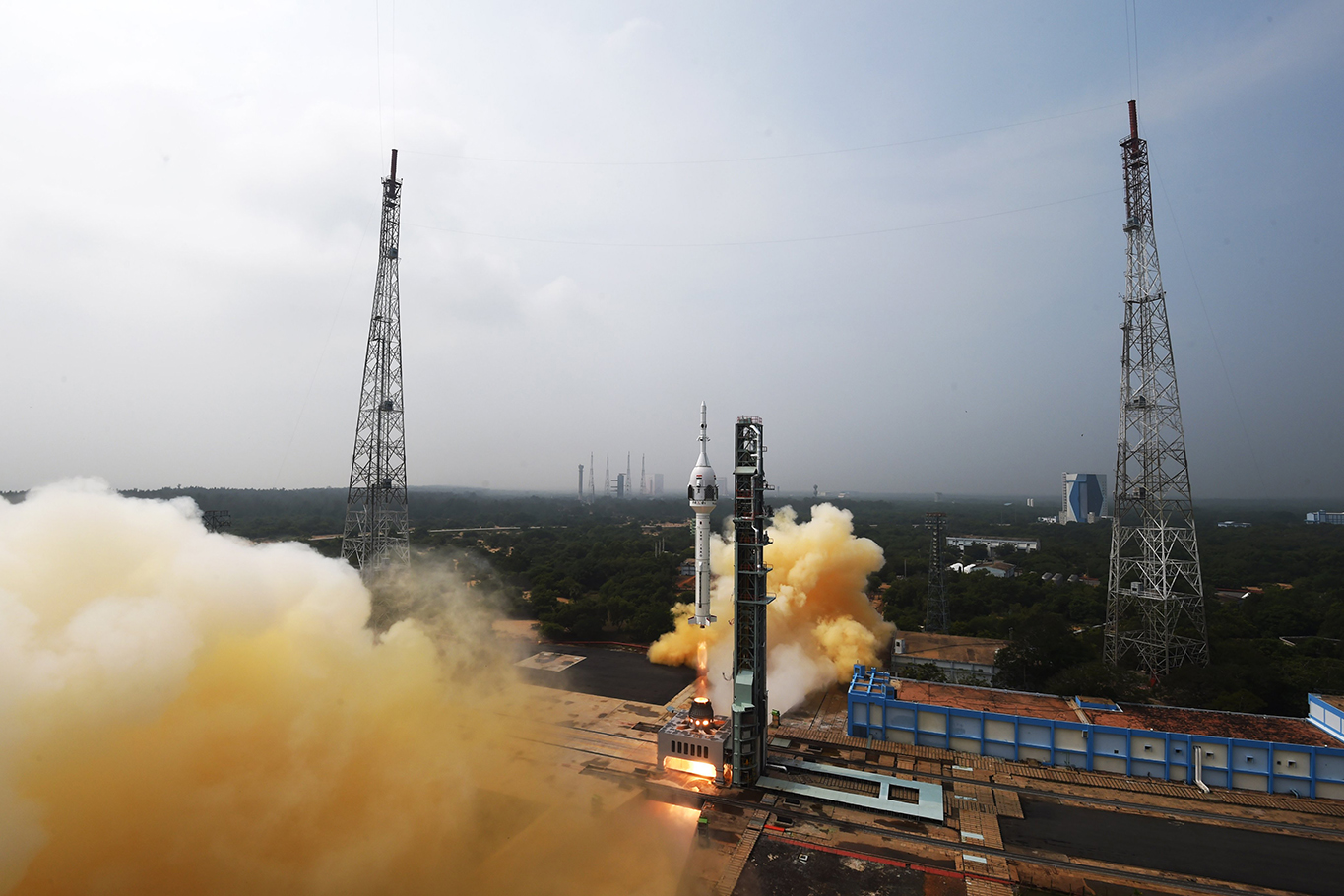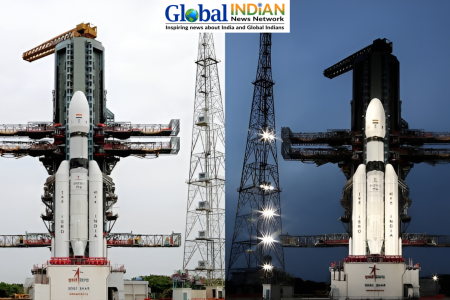 The Indian Space Research Organisation (ISRO) is in the process of scrutinizing data from the test vehicle development flight, ‘TV-D1,’ following its triumphant launch as part of the Gaganyaan Mission. The test took place at the Satish Dhawan Space Centre in Sriharikota on October 21, with the original launch halted at 8:45 am due to an engine ignition issue.
The Indian Space Research Organisation (ISRO) is in the process of scrutinizing data from the test vehicle development flight, ‘TV-D1,’ following its triumphant launch as part of the Gaganyaan Mission. The test took place at the Satish Dhawan Space Centre in Sriharikota on October 21, with the original launch halted at 8:45 am due to an engine ignition issue.
An ISRO official stated that although the results closely align with nominal conditions, the data analysis is crucial to ensure readiness for the upcoming crewed Gaganyaan mission.
The Gaganyaan project aims to demonstrate India’s human spaceflight capabilities by sending a 3-member crew into orbit at an altitude of 400 kilometers for a three-day mission, followed by a safe return to Earth with a landing in Indian waters.
ISRO’s test flight included the launch of the Crew Escape System and Crew Module at an altitude of 17 kilometers, culminating in a secure landing in the Bay of Bengal, around 10 kilometers from Sriharikota.
The test vehicle, powered by a modified VIKAS engine, features the Crew Module and Crew Escape System at its fore end.
Despite facing an engine ignition issue during the initial attempt, the ISRO successfully demonstrated the crew escape system during this mission.
The objectives of the TV-D1 launch encompassed the evaluation of Test Vehicle subsystems, Crew Escape System, crew module characteristics, separation systems, and deceleration system demonstration at higher altitudes and recovery.
This milestone puts India on track to become the fourth country to undertake a manned spaceflight mission, joining the ranks of the United States, Russia, and China.












